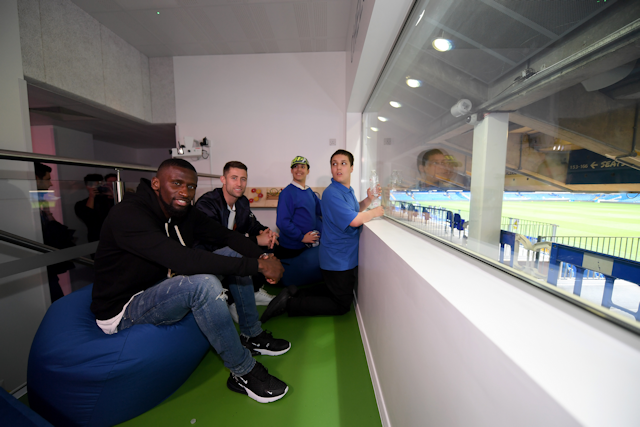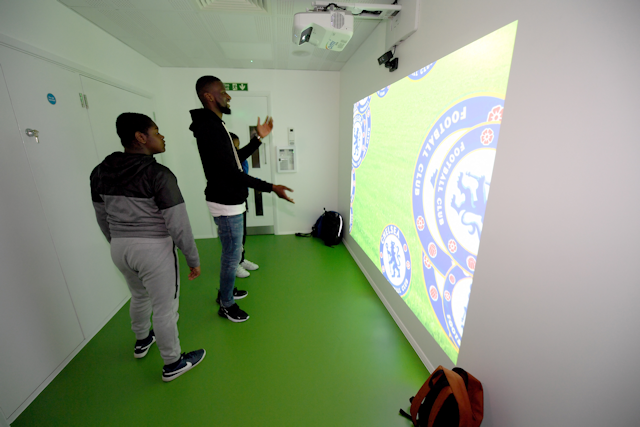First-ever sensory room opened in Stamford Bridge
Last week, Chelsea’s first-ever sensory room has officially been launched in Stamford Bridge. Designed to provide a safe and controlled environment for children with special needs, this new facility was used for the first time during the home game against Liverpool on May 6.
At the launch of the sensory room Chelsea players Gary Cahill and Toni Rudiger were be found willing to give their support. The two defenders joined pupils from Queensmill School and saw first-hand how the new sensory room could provide a safe, controlled and stress-free environment where children with autism or other sensory needs can enjoy the game.

Calming environment
The new sensory room is part of a wider Premier League initiative to improve football stadium accessibility. Large crowds and loud noises can be overwhelming for some, making football matches particularly stressful. However, the new safe space offers an area inside the stadium with a view of the pitch, which can be tailored to provide a calming environment. It also includes a calming room featuring fibre optics, bubble tubes and other devices to help remove anxiety if the child becomes distressed, as well as sound, light and heat levels which can be customised throughout, depending on individual needs.
”It’s a fantastic idea and something the club should be proud of,’ said Cahill.
‘There aren’t many clubs who have this facility, and it’s fantastic for these children to come and watch football in an environment they’re comfortable in. Maybe before this room, they wouldn’t have come to the stadium to watch the game, even if they love football.’
‘Also, the families can feel it’s easier for them to come and watch the game with this room for their child.’’

Andy Nowak, from Queensmill School, explained:
”A sensory space like this is an opportunity for a family to come to an environment that would previously have been completely exclusive to them. If you have an autistic young person and you’re a big football fan, it’s unlikely you would ever take them to a game. Having a sensory space at a stadium allows a whole family access to a football game in a safe environment.”
The sensory room will initially be used by children from Queensmill School, with the assistance of their specialist staff, before being made available to other young supporters with sensory needs and their families.

Chelsea Foundation – Engaging Communities




